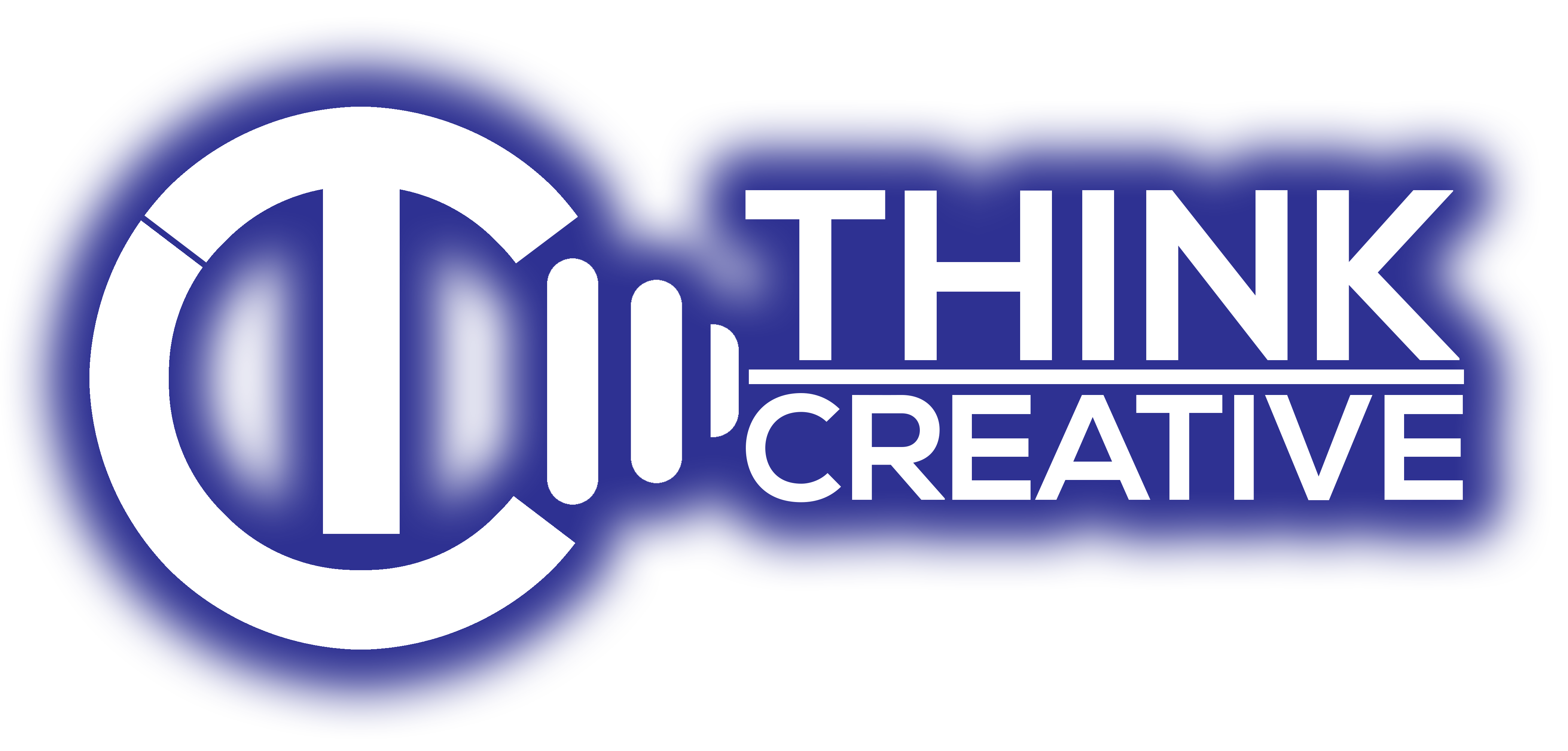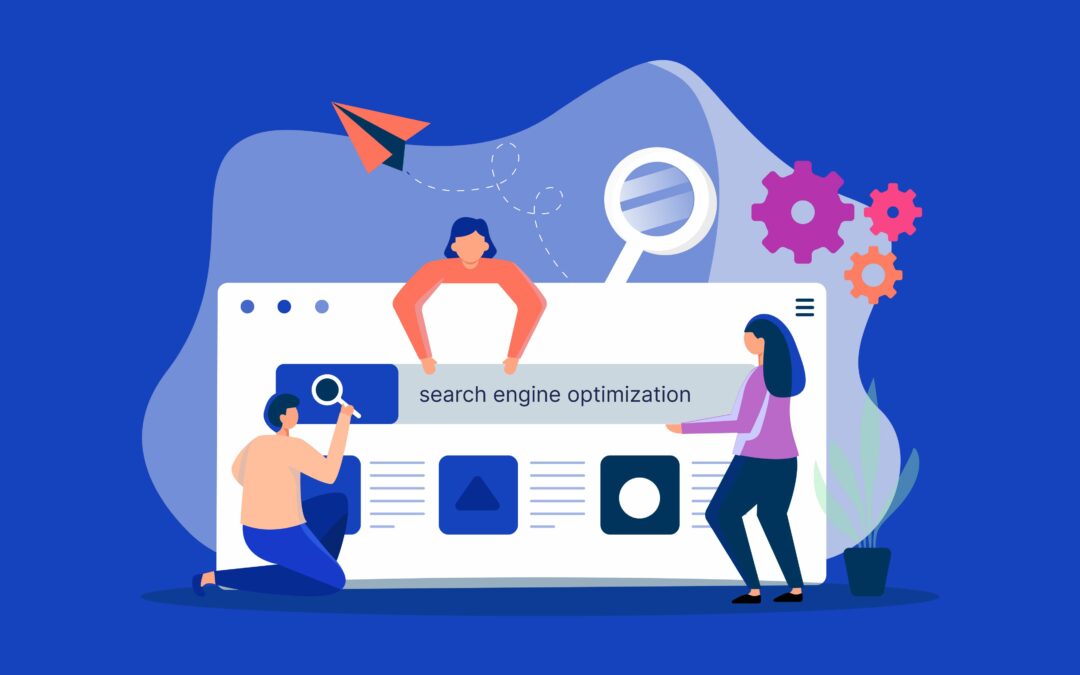Search Engine Marketing (SEM) has become a cornerstone of digital marketing strategies, offering businesses a powerful tool to reach their target audience and drive conversions. However, to truly maximize ROI from SEM efforts, it’s essential to understand the intricacies of the approach and how to leverage its various aspects effectively. In this blog post, we’ll take a comprehensive look at SEM, including its key components, best practices, and strategies for optimizing ROI.
Understanding Search Engine Marketing (SEM)
SEM is a digital marketing strategy that involves promoting a website by increasing its visibility in search engine results pages (SERPs) through paid advertising. The two main types of SEM are:
- Search Engine Advertising: This involves creating ads that appear in search engine results when users search for specific keywords related to your business.
- Search Engine Optimization (SEO): While not technically paid advertising, SEO is a crucial component of SEM. It involves optimizing your website to improve its organic ranking in search engine results.
Key Components of SEM
- Keyword Research: Identifying the right keywords is essential for a successful SEM campaign. Use tools like Google Keyword Planner to find relevant keywords with high search volume and low competition.
- Ad Creation: Create compelling ads that are relevant to your target audience and include relevant keywords. Use ad extensions to provide additional information and improve ad visibility.
- Bid Management: Manage your bids effectively to ensure that your ads are competitive without overspending. Use bid strategies like automated bidding to optimize your bids based on your goals.
- Quality Score: Google assigns a quality score to each ad based on its relevance, click-through rate, and landing page experience. A higher quality score can lower your cost per click and improve your ad position.
- Landing Page Optimization: Ensure that your landing pages are optimized for conversion. They should be relevant to your ad and provide a clear call to action.
Best Practices for Maximizing ROI
- Set Clear Goals: Define your goals upfront, whether it’s increasing website traffic, generating leads, or driving sales. This will help you measure the success of your SEM campaigns.
- Monitor and Analyze Performance: Regularly monitor the performance of your ads and keywords. Use analytics tools to track conversions, click-through rates, and other key metrics.
- Optimize Continuously: SEM is an ongoing process. Continuously optimize your campaigns based on performance data to improve ROI.
- Test and Experiment: Experiment with different ad copy, keywords, and landing pages to see what works best. A/B testing can help you identify the most effective strategies.
- Budget Wisely: Allocate your budget strategically based on your goals and the performance of your campaigns. Focus on high-performing keywords and ads to maximize ROI.
Conclusion
Search Engine Marketing is a powerful tool for businesses looking to increase their online visibility and drive conversions. By understanding its key components and best practices, you can create successful SEM campaigns that maximize ROI and help you achieve your marketing goals.


Recent Comments